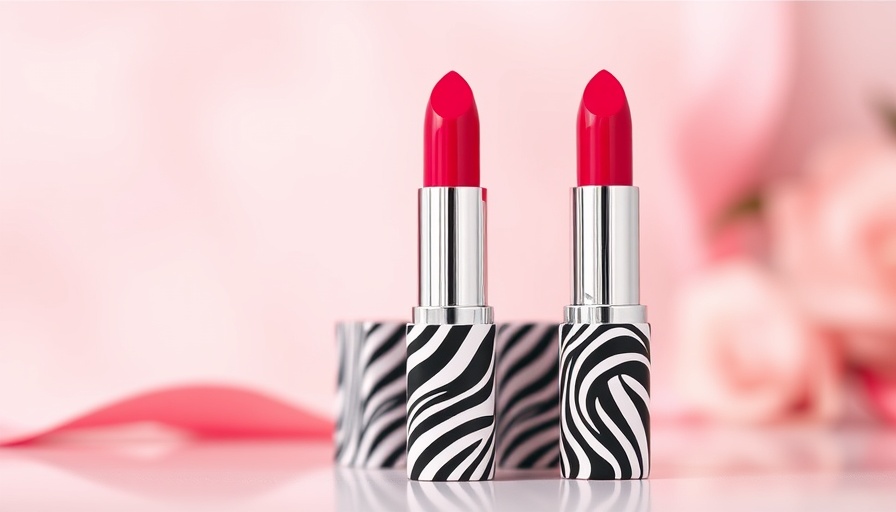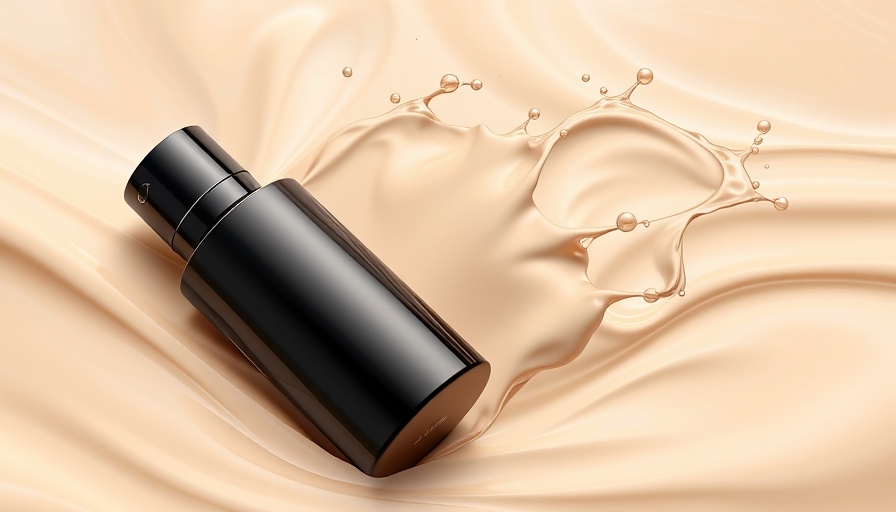
Understanding Urticaria Management in Aesthetic Practices
For MedSpa owners and aesthetic professionals, understanding the nuances of patient management is crucial. Chronic urticaria, often underdiagnosed or mismanaged, presents a unique challenge. As patients increasingly seek relief from skin conditions as part of their aesthetic journey, professionals must be equipped with the knowledge to guide treatment options effectively.
Challenging Conventional Testing Practices
Dr. Jason Hawkes has highlighted the limitations of typical testing practices for chronic urticaria, which can drain financial resources without providing meaningful patient outcomes. Traditionally, extensive laboratory tests, including thyroid assessments and inflammatory markers, have been the norm. However, findings reveal that these tests rarely identify an underlying condition in less than 1% of cases. Instead, it’s more effective to provide targeted therapy based on patient histories and symptom presentations rather than defaulting to exhaustive testing protocols.
The Importance of Evidence-Based Approaches
The landscape for managing chronic urticaria is shifting. High immunoglobulin E (IgE) levels tend to forecast responses to specific therapies like omalizumab, yet studies demonstrate an inconsistent relationship — not all patients with elevated IgE will respond favorably. Thus, aesthetic professionals must advocate for evidence-based approaches that prioritize clinically relevant evaluations over arbitrary testing. This paradigm shift could enhance patient outcomes and satisfaction.
Exploring Anti-IgE and Beyond for Treatment
A deeper dive reveals exciting treatment opportunities outside traditional IgE-based therapies. Dr. Hawkes notes the potential of targeting type 2b autoimmunity, activating therapies that focus on antibody mediation as alternative routes. Anti-C-kit therapies aimed at depleting mast cells might offer new pathways for patients who haven't responded to conventional treatments. Keeping abreast of these advancements can position aesthetic practices at the forefront of patient care.
Conclusion: Adapting to Patient Needs
For MedSpa professionals, staying informed about chronic urticaria and effective management strategies not only helps in providing better patient care but also positions the practice as a knowledgeable leader in dermatological aesthetics. By challenging outdated paradigms and embracing advanced treatment modalities, practitioners can enhance their practice's reputation while positively impacting patient lives.
 Add Row
Add Row  Add
Add 

 Add Element
Add Element 


Write A Comment